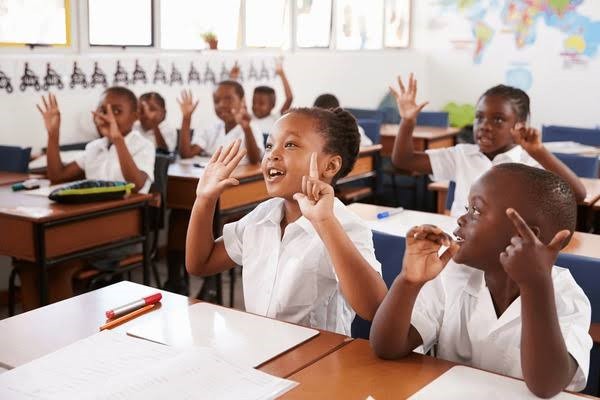How Education Addresses Childhood Anxiety

How Education Addresses Childhood Anxiety
Education plays a vital role in addressing childhood anxiety by providing children with the tools and support they need to manage their worries and fears. By incorporating social-emotional learning, mindfulness practices, and cognitive-behavioral techniques into their curriculum, schools can help children develop healthy coping mechanisms and build resilience.
For instance, mindfulness practices such as deep breathing exercises, meditation, and yoga can help children calm their minds and regulate their emotions. Cognitive-behavioral techniques, on the other hand, can help children identify and challenge negative thought patterns, reframe their perspectives, and develop more constructive ways of thinking.
Teachers can create a safe and supportive environment by promoting positive relationships, encouraging open communication, and fostering a growth mindset. This can help children feel more secure and less anxious, allowing them to focus on learning and developing essential life skills. By acknowledging and validating children’s feelings, teachers can also help them feel heard and understood.
Moreover, education can help children understand and manage their anxiety by teaching them about emotions, self-regulation, and problem-solving strategies. By addressing anxiety early on, educators can help prevent more severe mental health issues from developing later in life. This can include teaching children relaxation techniques, such as progressive muscle relaxation or visualization, to help them manage anxiety in the moment.
Ultimately, education can empower children to take control of their anxiety, build confidence, and develop a positive self-image, setting them up for success in all aspects of life. By prioritizing children’s mental health and well-being, educators can help them thrive academically, socially, and emotionally. This, in turn, can lead to improved academic performance, better relationships with peers and teachers, and a more positive overall educational experience.






